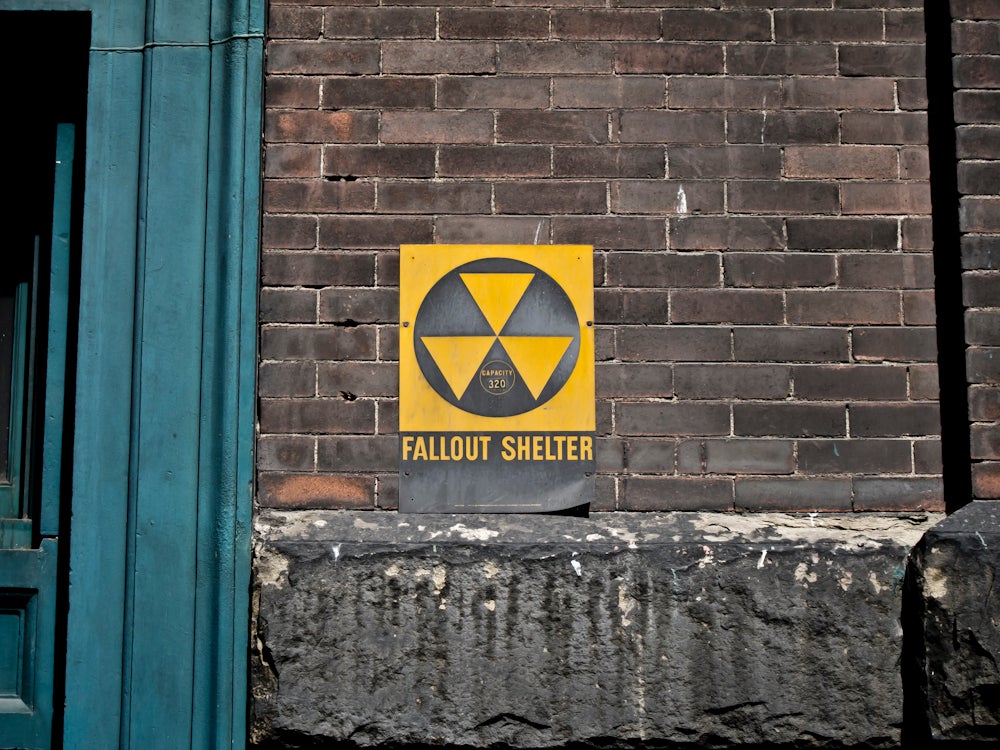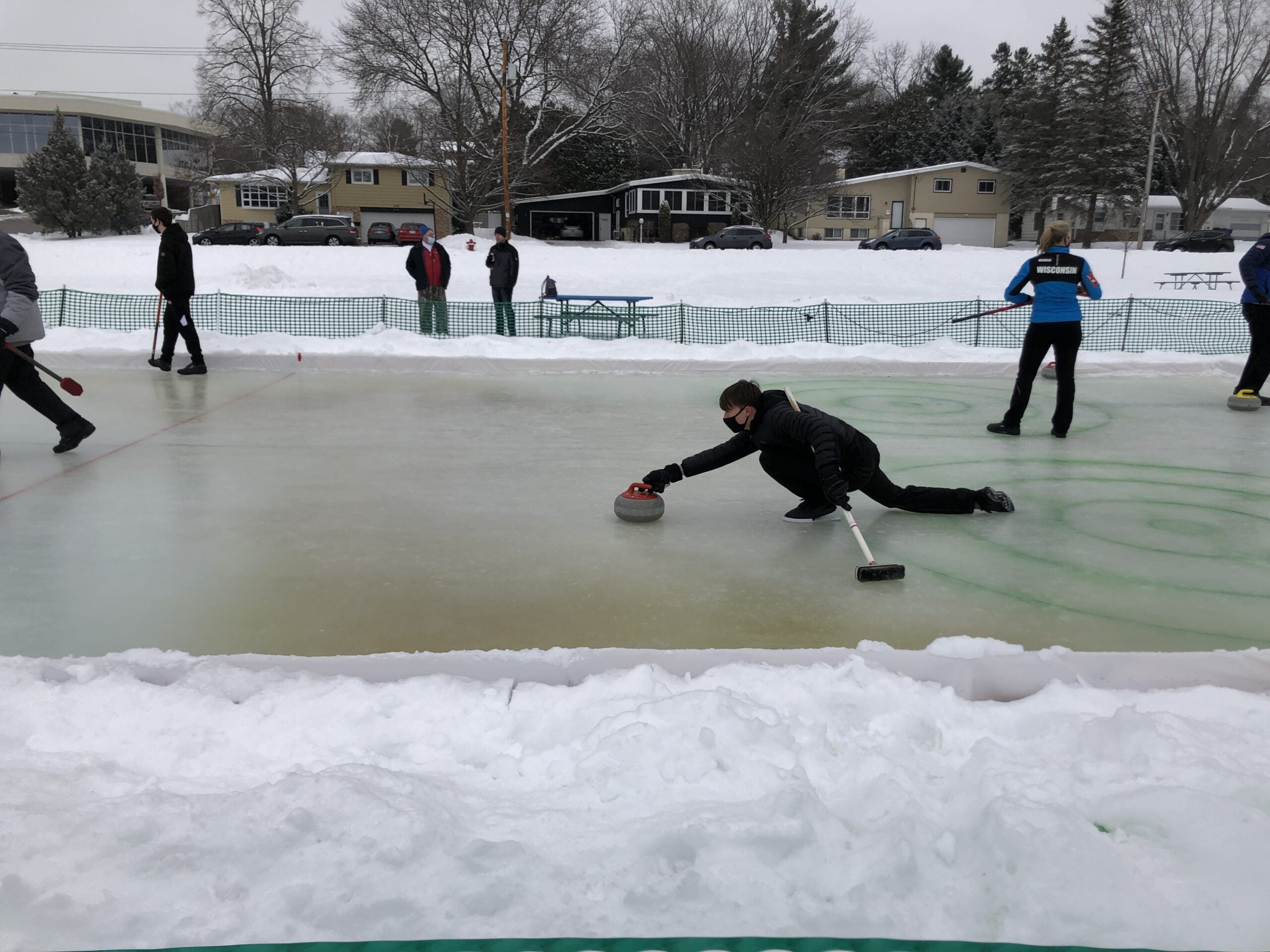It all started with a series of faded yellow and black signs that read “Fallout Shelter.” That’s what led reporter Laura Schulte of the Wausau Daily Herald on a tour of the area’s Cold War sites.
These sites are largely forgotten today, but they take us back to an era of underground fallout shelters and “duck and cover” drills at schools.
Schulte told Wisconsin Public Radio one of the most unusual sites was an Air Force base in Antigo, once home to the 676th Radar Squadron.
Stay informed on the latest news
Sign up for WPR’s email newsletter.
“It’s part of the Pine Tree Line, which is based across the upper part of the United States. These bases were made to monitor for planes that were supposedly coming over the North Pole,” Schulte said. “It was a highly functioning radar base up until the early 70s, when it closed. Today it’s kind of a jungle; the windows are broken out of the building; there are trees growing out of cracks in the building … It’s been forgotten, kind of like the Cold War was.”
Marathon County was not necessarily the most obvious target for Soviet nuclear missiles, but Schulte said concern over a possible world war with Communist forces was large enough in the area that county officials formally banned Soviet diplomats from visiting the area.
And, like Americans in many other parts of the country, some Wausau residents added fallout shelters to their houses. Schulte visited one such shelter which had its own water in case the usual supplies became contaminated.
“You had to walk through one door and there was a little room, and you’d walk through another door to get in, so you had two-level protection,” Schulte explained. “There was space for a couple bunk beds and basically a full kitchen in there, with a sink and a bathroom.
“It was designed for people to live in there for a long period of time – I can’t imagine living with an entire family in that small of a space, but it was really cool to see the level of fear that people had and the amount of money they were willing to spend to protect themselves from something that could or could not happen during that time period.”
That fear was real to some of the residents with whom Schulte talked about growing up in Wausau during the Cold War. She remembered one woman who said she would watch the news with her parents, frightened by the tension between the West and the Communist bloc and a potential nuclear exchange between the superpowers.
“Going to school and having to sit through these drills was very frightening for her,” Schulte said. “The thought being so real that the Soviets had so much power that they could attack us was a very, very real and everyday worry that she had.”
Still, she said, others weren’t too concerned. “There was one man I talked to, that was like, ‘I was more worried about the neighborhood baseball game than I was about the fear of the Cold War.’”
Schulte found one last fascinating fact about the Cold War in Wisconsin: there was, at the time, a contingency plan for state government in case Madison was hit by an atomic bomb.
“It would have established Stevens Point as a new capital for the state of Wisconsin,” Schulte said.
Wisconsin Public Radio, © Copyright 2024, Board of Regents of the University of Wisconsin System and Wisconsin Educational Communications Board.




